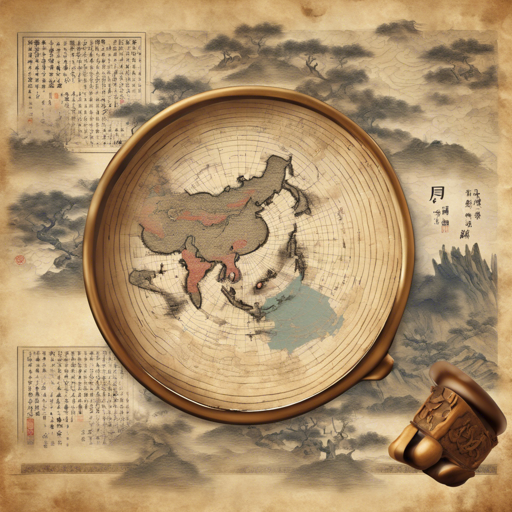In the vast realm of linguistics and cultural studies, the Pre-modern Chinese Language Corpus is a treasure trove waiting to be uncovered. One of the most comprehensive resources, this corpus encapsulates the essence of over 280 million characters across various texts from historical dynasties. This guide will walk you through the various aspects of this corpus, how to use it effectively, and troubleshoot common issues.
1. Understanding the Corpus
The Pre-modern Chinese Language Corpus comprises over 966 MB of text files formatted in UTF-8. These files are organized chronologically according to the Chinese dynasties: Song, Yuan, Ming, Early Qing, Late Qing, and the Republic of China. The data is rich and diverse, spanning numerous literary genres and historical contexts.
2. Application Areas
This corpus is versatile and can be utilized in various fields:
- Literature
- History
- Linguistics
- The Arts
- Chinese Medicine
- The History of Science
- Chinese Teaching
- Data Mining
- Text Automatic Classification
3. Types of Literary Resources
The corpus comprises multiple types of literature, including:
- Poetry
- Ci (lyric poetry)
- Drama
- Novels
- Military Literature
- Chinese Medical Literature
- Arts Literature (including music, chess, calligraphy, cooking, tea, Chinese Kung Fu)
- Mathematics, Algorithms, Astronomy, Chemistry, Physics
- Agricultural Literature
- History and Geography Literature
- Essay Literature
4. Language Classification
The resources are categorized by dynasty:
- Song Dynasty
- Yuan Dynasty
- Ming Dynasty
- Early Qing Dynasty (before the 1840s)
- Late Qing Dynasty (1840-1911)
- Republic of China (1912-1948)
5. Codes and Characters
Imagine the corpus as a sprawling library. Each section and genre can be viewed as a room filled with books, each character being a letter in the thousands, crafting a unique narrative. For instance, in the Ming Dynasty room, you may find the decorative poetry gracefully intermingling with the robust military texts, while the Early Qing chamber offers educational insights mingled with riddles of traditional medicine. Here’s a glimpse into the character distribution across various categories:
Song Dynasty: 5820561
Yuan Dynasty: 11317128357871680594541
Ming Dynasty: 8923218930
Early Qing: 28562033288445545266808
Late Qing: 7413193501378162537587
Republic of China: 1822423584116977
6. Downloading the Language Resources
To dive into this extensive resource, you will need access. You can request the files via email at 540980735@qq.com. Should you wish to contribute to the expansion of this open corpus, feel free to reach out to the editor Jiang Yanting at the same email.
Troubleshooting
If you encounter issues during the download process, consider the following troubleshooting tips:
- Check your internet connection.
- Ensure you have the correct email address while requesting access.
- In case of unresponsive email servers, try again later.
- Be aware of file size — sometimes the server may take longer for larger downloads.
For more insights, updates, or to collaborate on AI development projects, stay connected with fxis.ai.
At fxis.ai, we believe that such advancements are crucial for the future of AI, as they enable more comprehensive and effective solutions. Our team is continually exploring new methodologies to push the envelope in artificial intelligence, ensuring that our clients benefit from the latest technological innovations.

